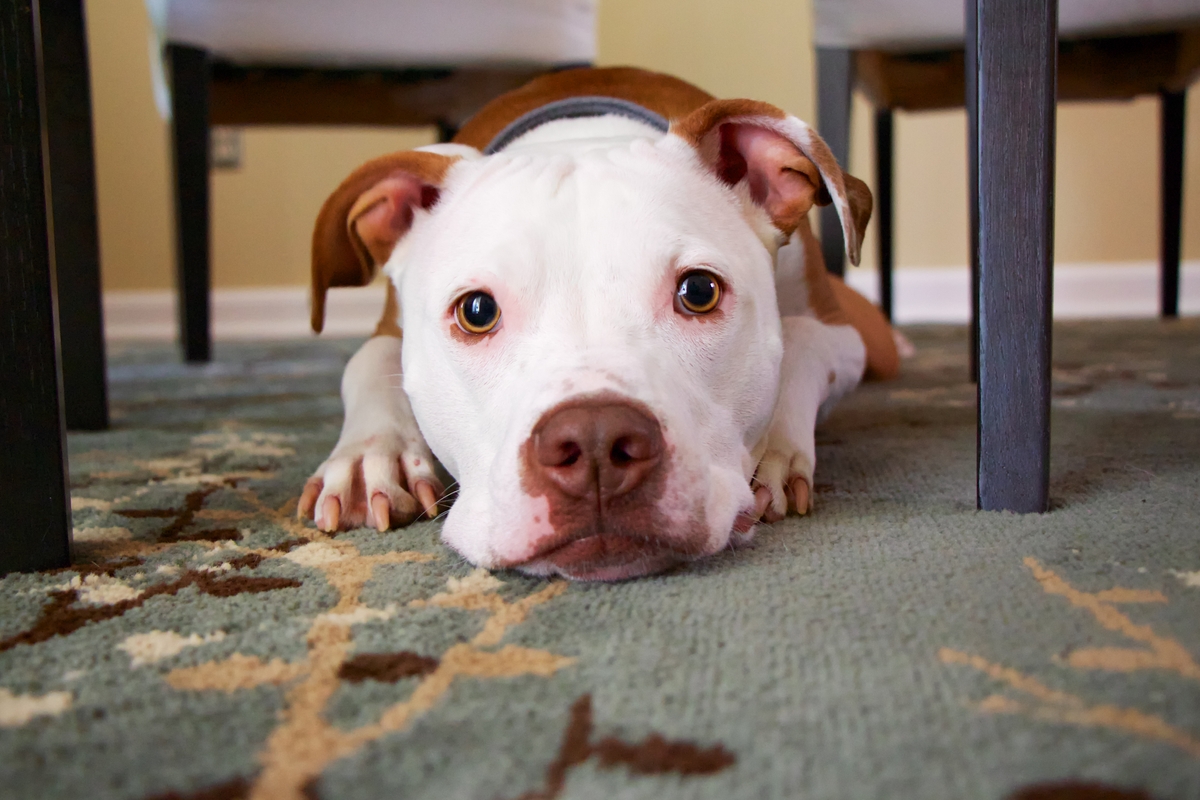5 DIY Dog Agility Course Ideas for Your Furry Friend

If you’re a dog owner looking to engage your furry friend in an exciting and interactive activity, a DIY dog agility course is a fantastic option. Dog agility courses provide mental and physical stimulation while strengthening the bond between you and your canine companion. In this article, we will explore five creative and fun DIY dog agility course ideas that you can easily set up in your own backyard.
Why Agility Training is Beneficial for Dogs
Agility training offers numerous benefits for dogs. It helps improve their physical fitness, enhances coordination and balance, promotes mental stimulation, boosts confidence, and strengthens the bond between dogs and their owners. Additionally, agility training provides an outlet for dogs to release excess energy, reducing the likelihood of behavioral problems.
Preparing Your Backyard for a DIY Dog Agility Course
Before diving into the DIY dog agility course ideas, it is crucial to ensure that your backyard is safe and suitable for your dog. Remove any potential hazards, such as sharp objects or toxic plants, and secure the area to prevent your dog from escaping. You may also consider providing shade and water stations to keep your furry friend comfortable during training sessions.
Top 5 Picks of the Best DIY Dog Agility Course Ideas (2023)
Idea 1: Jumping Hoop Challenge
The jumping hoop challenge is an excellent starting point for your DIY dog agility course. Set up a hoop that is slightly larger than your dog’s height and encourage them to jump through it. You can gradually increase the height and complexity of the challenge as your dog becomes more comfortable and skilled. Remember to reward your dog with treats and praise to reinforce positive behavior.
Idea 2: Tunnel Crawl Adventure
Creating a tunnel crawl adventure is an exciting way to engage your dog’s curiosity and agility. Use a collapsible tunnel designed for dog training and guide your furry friend through it. You can add extra fun by hiding treats or toys inside the tunnel to motivate your dog to complete the course. Gradually increase the length and twists of the tunnel to provide more challenges for your dog.
Idea 3: Weave Pole Challenge
The weave pole challenge is a classic agility course element that tests your dog’s agility and focus. Set up a series of weave poles in a straight line and teach your dog to navigate through them. Start with a small number of poles and gradually increase the difficulty by adding more poles and creating different patterns. Patience and positive reinforcement are key to mastering this challenge.
Idea 4: A-Frame Climbing Challenge
For more advanced dogs, the A-frame climbing challenge offers an exciting obstacle to conquer. Build a sturdy A-frame structure with a non-slip surface for your dog to climb up and descend safely. Begin with a low incline and gradually increase the height as your dog gains confidence. Always supervise your dog during the A-frame challenge to ensure their safety.
Idea 5: Balance Beam Walk
The balance beam walk is an excellent exercise to improve your dog’s coordination and body awareness. Create a narrow beam using sturdy materials such as wood or PVC pipes and place it a few inches above the ground. Encourage your dog to walk along the beam, rewarding them for maintaining balance. As your dog progresses, you can increase the length and height of the beam for added difficulty.
FAQs Related to DIY Dog Agility Course
Question #1: How do you make a dog obstacle course inside?
Creating a dog obstacle course inside your home requires careful planning and utilizing available space effectively. You can use items like cushions for jumps, tunnels made from blankets or cardboard boxes, and weave poles made from PVC pipes. Ensure that the course is safe and free from any hazards that may harm your dog or damage your home.
Question #2: How do I make my dog an agility dog?
To train your dog to become an agility dog, start with basic obedience training to establish a strong foundation. Gradually introduce agility equipment such as jumps, tunnels, and weave poles. Use positive reinforcement techniques, such as treats and praise, to motivate and reward your dog for successfully completing each obstacle. Consistency, patience, and regular training sessions are key to developing your dog’s agility skills.
Question #3: How do you build an agility dog walk?
Building an agility dog walk requires sturdy materials and careful construction. You will need a long plank with non-slip surfaces, two supporting structures at each end, and contact zones marked with different colors. The plank should be elevated to a specific height based on your dog’s size and agility level. It’s essential to ensure stability and safety during the construction process to prevent any accidents.
Question #4: How to make a dog agility course out of household items?
Creating a dog agility course using household items is a cost-effective and fun approach. You can repurpose items such as hula hoops, cardboard boxes, broomsticks, and old tires to build jumps, tunnels, weave poles, and tire jumps. Get creative and think outside the box to design a unique and engaging course for your dog. Always prioritize your dog’s safety and supervise them during the training sessions.
Conclusion
DIY dog agility courses provide a fantastic opportunity for you and your furry friend to have fun together while promoting physical and mental stimulation. By incorporating these five ideas into your backyard, you can create an engaging and challenging course for your dog. Remember to always prioritize safety and use positive reinforcement to motivate your dog throughout the training sessions.



